The Beginnings: 'Ye Forest Inne' to National Park Seminary
In the late 19th century, nestled in the verdant haven of Silver Spring, Maryland, a place was conceived - a summer vacation retreat for Washington, D.C., residents whimsically named "Ye Forest Inne."
Regrettably, the retreat's financial fortunes did not match the ambitious vision, leading to its transformation into a finishing school in 1894.
This unique campus began with a class of 48 young women, later evolving into the prestigious National Park Seminary, renowned as one of the country's most distinguished women's schools.
The school's architectural landscape was a whimsical collage of international designs, featuring an eclectic mix of Victorian styles alongside a Dutch windmill, a Japanese pagoda, an Italian villa, a Swiss chalet, and even an English castle.
These structures were the imaginative work of architect Emily Elizabeth Holman, who designed these homes from blueprints for competing sororities.
The grand campus also boasted covered walkways, outdoor sculptures, and meticulously planned formal gardens.
From Education to Rehabilitation
With the onset of World War II, the Seminary's story took an unexpected turn. The United States Army acquired the property in 1942, transforming it into a medical facility for returning soldiers, known as the Walter Reed Forest Glen Annex.
It was a crucial respite for those who had suffered severe injuries, providing a tranquil, green space for rehabilitation and recovery within a short drive from the urban bustle of the nearby hospital.
After the end of World War II and the Korean War, the U.S. Army adjusted the unique sorority houses of National Park Seminary as housing for military officers.
Together with the enlisted soldiers, they dedicated themselves to the upkeep of the seminary space.
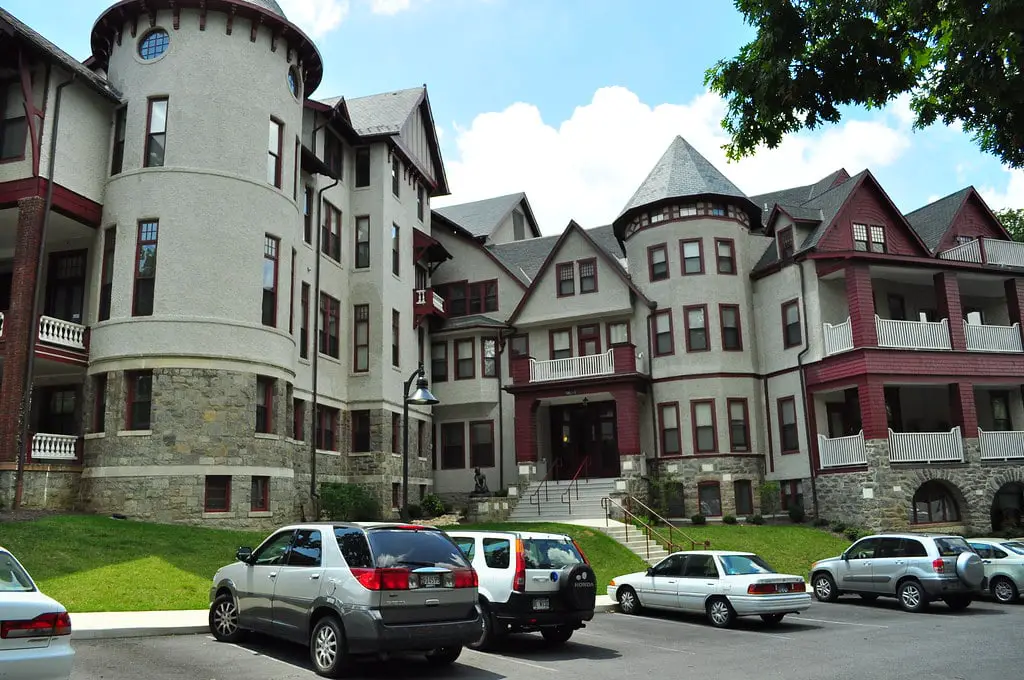
However, as funding from Congress dwindled in the 1960s and 70s, the Army was compelled to declare the property excess, leading to its transfer to the General Services Administration for finding a new owner.
Historic Preservation and New Beginnings
On September 14, 1972, a new chapter began for National Park Seminary when it achieved recognition as a national historic district on the National Register of Historic Places.
Despite this recognition, the property faced threats from neglect, vandalism, and even arson, which claimed the Greek Revival Odeon Theater in 1993.
Thanks to the efforts of local preservation groups, the "Save Our Seminary" initiative was formed in 1988, leading to essential repairs and the release of the property for development.
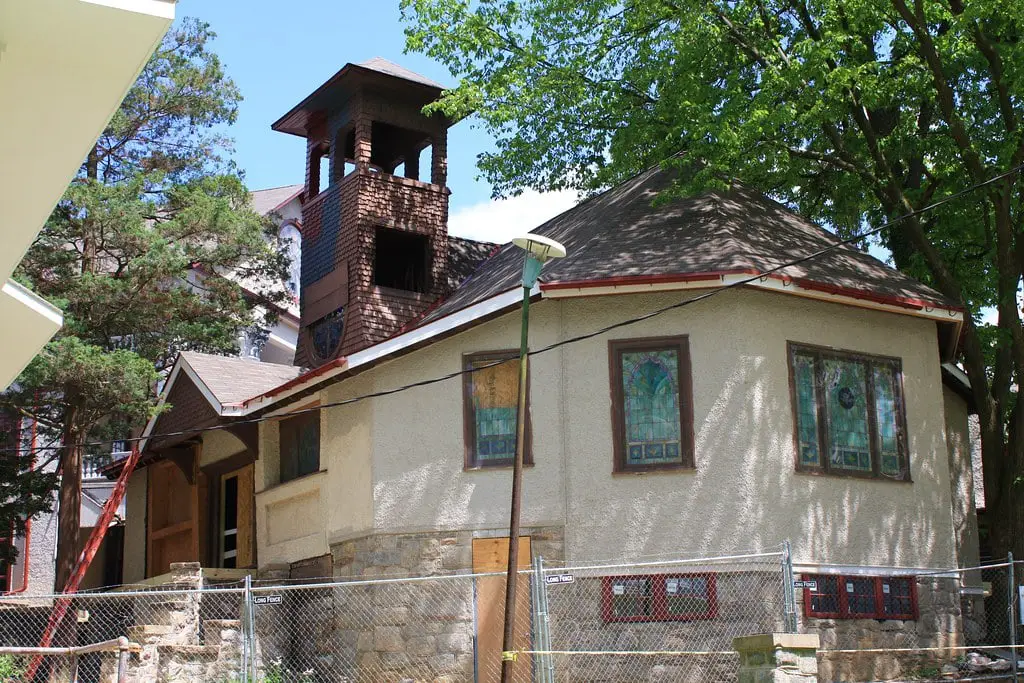
A renaissance dawned upon the historical site in 2003 when a development team spearheaded by the Alexander Company set in motion a plan to conserve the campus and transform it into the heart of a new residential neighborhood.
The new residential neighborhood encompasses townhomes, condominiums, and apartments in various architectural styles, from Spanish missions to colonial.
The Threat to the Glen
The narrative of National Park Seminary wouldn't be complete without mentioning the Glen - a scenic, wooded landscape that spans thirteen acres within the Seminary.
This historically and architecturally significant cultural landscape is home to rustic woodlands, stone walls, footbridges, and sculpture dating from the late 1910s.

Its natural features are representative of the Maryland Piedmont, with steep wooded slopes populated with native oaks, beech, hickory, and tulip poplar leading to a bifurcated stream below, a tributary of the nearby Rock Creek.
Despite Glen's historical significance, it faces a severe threat from a proposed highway expansion project.
This challenge comes on top of diminished maintenance and ecological degradation. It could erase portions of this cultural landscape, pushing it past a tipping point.
Yet, the Glen is protected by a historic preservation easement granted to the Maryland Historical Trust, and it is included in Montgomery County's Master Plan for Historic Preservation.
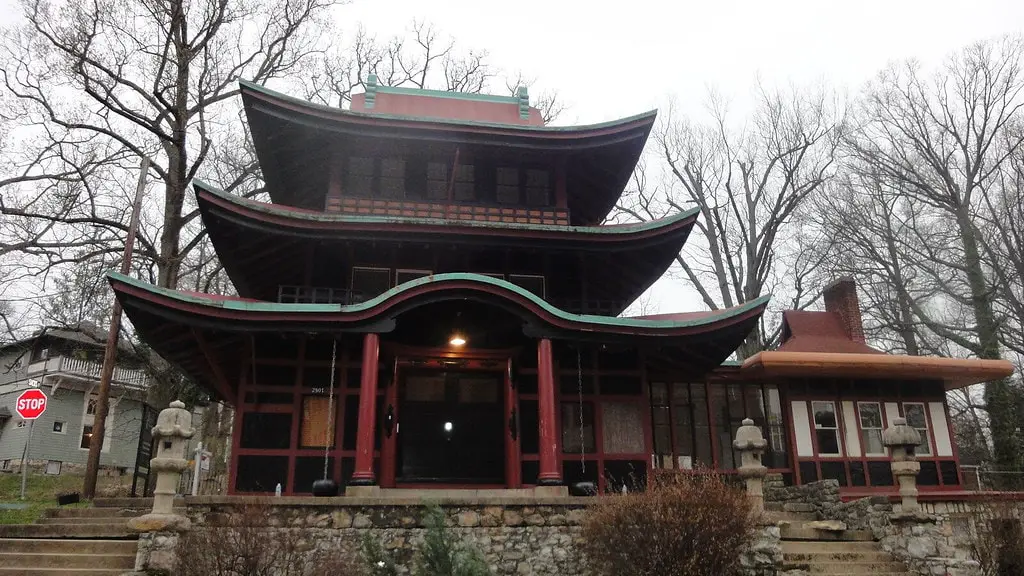
The future of National Park Seminary and the Glen remains uncertain as the pressures of modern development collide with the commitment to preserve and honor the historical and cultural heritage of the site.
This vibrant narrative reflects the many layers of history, architecture, education, rehabilitation, and preservation, all intertwined within the heart of Forest Glen Park, Maryland.
Hiawatha Statue Conservation at National Park Seminary
In the serene setting of National Park Seminary in Silver Spring, Maryland, a remarkable conservation effort took place in 2023, bringing new life to the historic Hiawatha statue.
This endeavor, led by the Save Our Seminary (SOS) organization, marked a significant chapter in preserving the seminary's cultural heritage.
The Restoration Begins: The story of Hiawatha's restoration began in October 2022. After meticulous planning, the statue was carefully removed by specialized art movers and taken to a conservator's shop.
This marked the start of a delicate process to rejuvenate the statue, which holds cultural and historical significance for the National Park Seminary.
Meticulous Work: The conservation process involved removing the statue's old yellow primer and repairing cracks in the metal. A new bow was crafted, and the statue was repainted to match its original bronze color.
The project also included the restoration of the deteriorated stone pedestal, ensuring that every aspect of the statue was returned to its former glory.
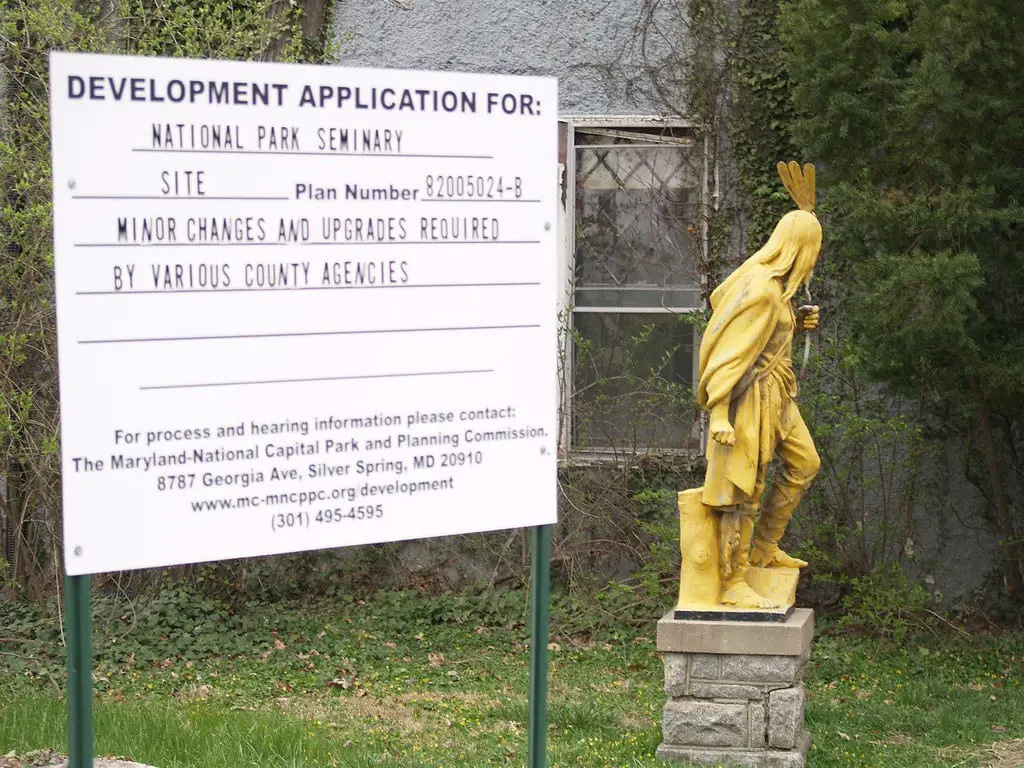
A Community Effort: This restoration was made possible through the generosity of donors to Save Our Seminary.
Their contributions underlined the community's commitment to preserving the rich sculptural heritage of the seminary, of which the Hiawatha statue is a prominent feature.
Spring Celebrations: By spring 2023, the conservation efforts culminated in a small yet significant celebration. In August 2023, the newly conserved Hiawatha statue was welcomed back.
This event celebrated the statue's return and was a testament to the dedication to preserving the seminary's history.
Broader Preservation Efforts: The Hiawatha statue is part of a larger collection of sculptures at the National Park Seminary, once numbering over a hundred during the height of the school's years.
Today, fewer than half remain, and several need repair. The SOS has been committed to preserving these sculptures since 2010, a mission that includes annual inspections and prioritizing repair and restoration needs.
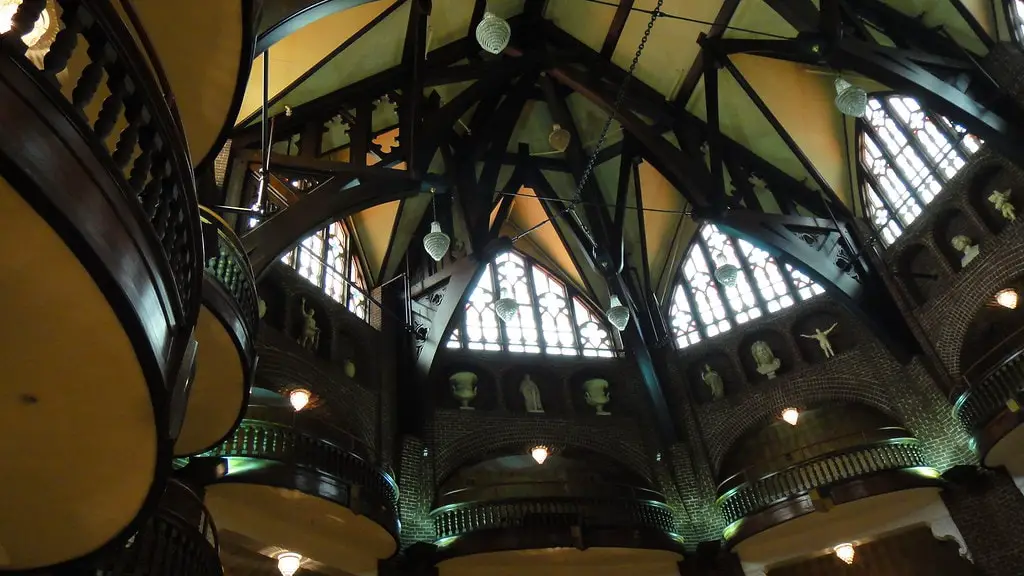
The restoration of the Hiawatha statue at National Park Seminary is a shining example of the ongoing efforts to preserve the seminary's rich historical and cultural legacy.
It highlights the community's dedication to maintaining this unique site and its treasures for future generations to appreciate and learn from.
